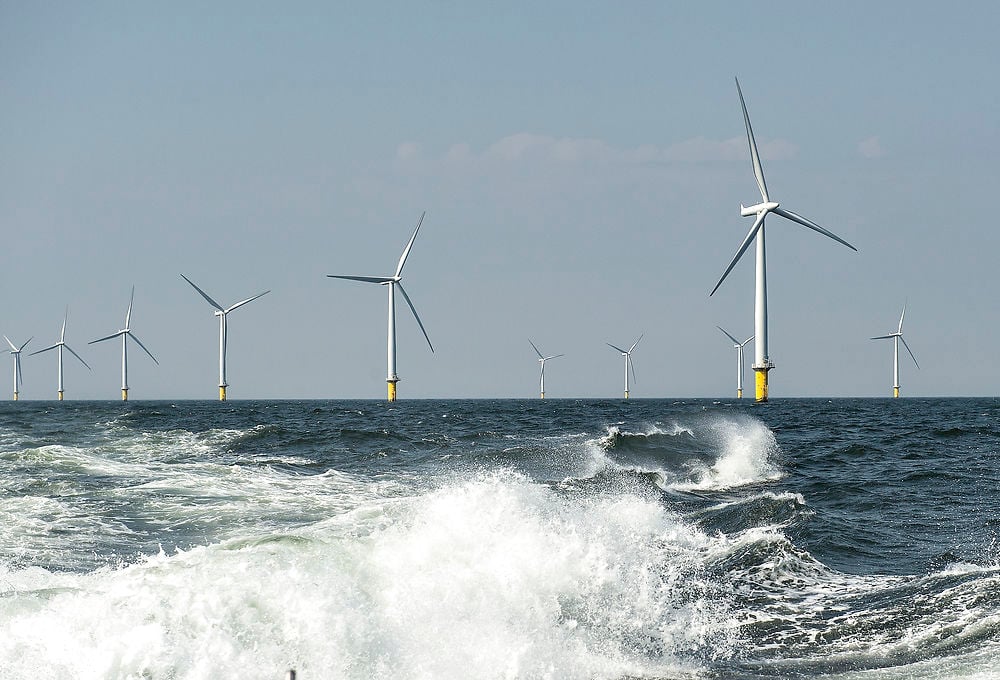The storm was accompanied by heavy rain, according to rescue services coordinator Birger Knutsson of the Göteborg Sjöräddningscentralen (‘Maritime Rescue Centre’).
“The wind has hardly affected commercial shipping, and pleasure boaters seem to have stayed ashore while the storm was at its height,” said Knutsson to the TT news agency.
“About ten vessels were anchored under Skagen waiting for calmer weather.”
Early this morning, weather stations along the west coast down as far as Skåne reported winds of 20-23 metres per second, with gusts of up to 23–31 mps.
Many trees and branches were blown down in the storm, damaging power lines and causing major electricity supply disruptions in neighbouring Halland, Bohuslän and Värmland, according to a Fortum press release.
Some 3,000 homes were still without electricity at around eight o’clock this morning. Kalmar saw the biggest disruptions, with 1,000 customers affected, according to an Eon report.



 Please whitelist us to continue reading.
Please whitelist us to continue reading.